SEARCH






|
|
|
|


by Editor Dusan Labuda
Published the 16th of July 2020
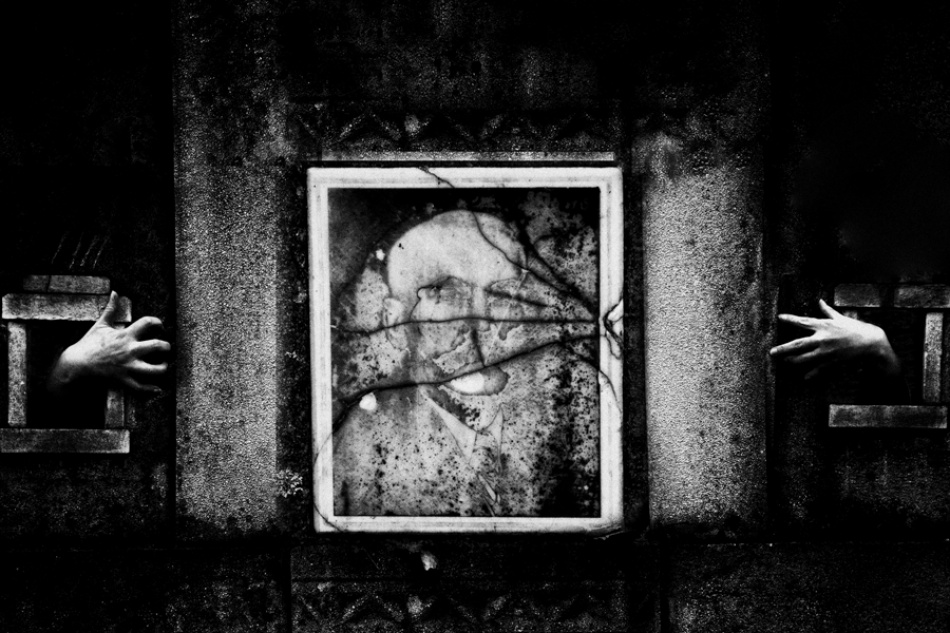
'The Picture Of Dorian Grey' by Barbara
Some photographs can be beautiful and some can be ugly.
They oscillate between the two poles of our perception.
We cannot perceive light without darkness, joy without sorrow and so we need ugliness to recognize beauty.
However, beauty and ugliness do not cover the full spectrum of our perception of an image.
Quite a considerable number of photographs is neither beautiful nor ugly…they are just boring.
And here we should be aware of the contents defining ugliness and those of the boredom and we should not confuse them.
The purpose of a photograph
The very basic purpose of a photograph is to record a subjective view. The recorded image should awake an emotion. The emotion either does exist or it does not, here for sure no polemics will occur. If the emotion exists, it can be positive (beauty) or negative (ugliness). If it does not exist, the image is flooded by boredom, it does not have a message, it will not be remembered.
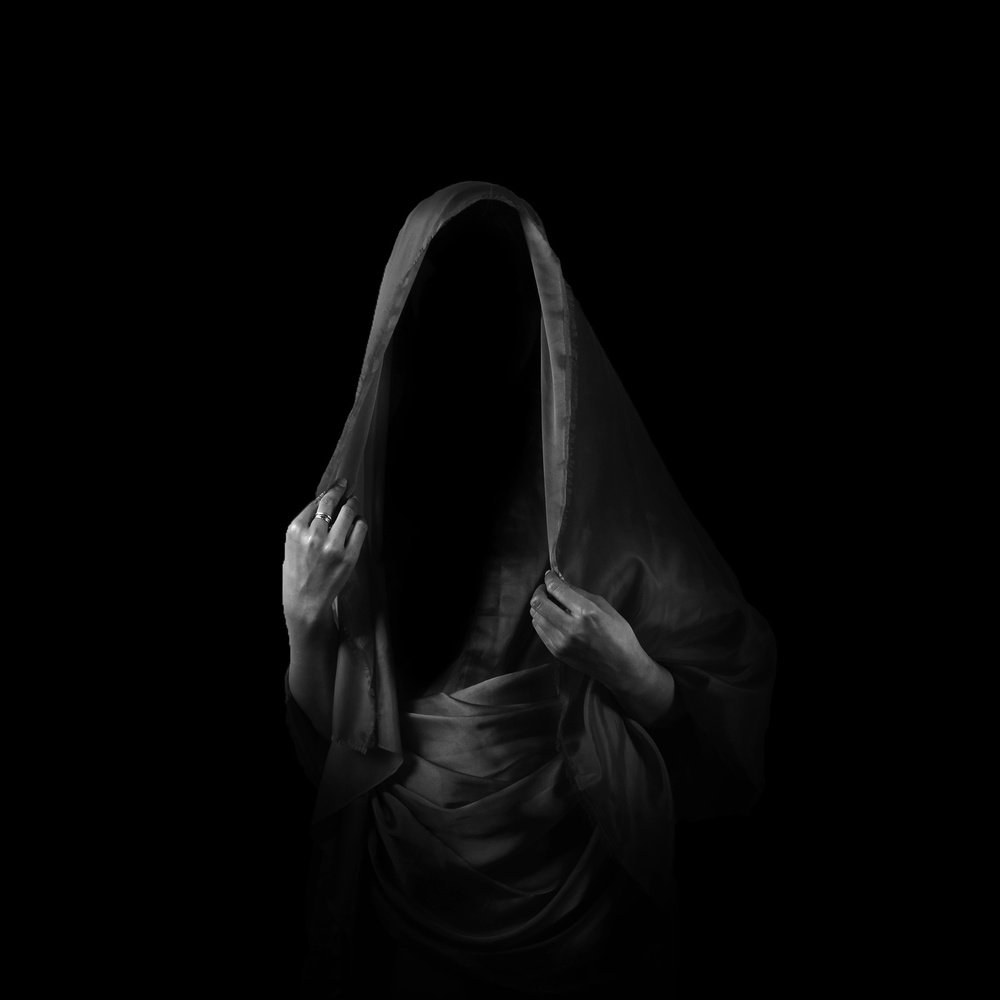
'hollow' by bonifasius wahyu adi
The life of a photograph
The life of a photograph is not conditioned by the quality (either positive or negative) of the emotion it conveys. Glamour images, wonderful macros or bucolic-as of landscape photographers are usually highly positively accepted. On the opposite side there are the products of photojournalism, images many times delivering negative emotions but they are strongly demanded and, in many cases, they imprint their authors with a certain portion of heroism.

'After the disaster' by Mohammed Al Sulaili
For the life of a photograph the emotion is crucial. That touch directed to our pool of feelings gives birth to beauty or ugliness in our sight. They are the opposite ends of the same idea, both meaning an exception from ordinary.
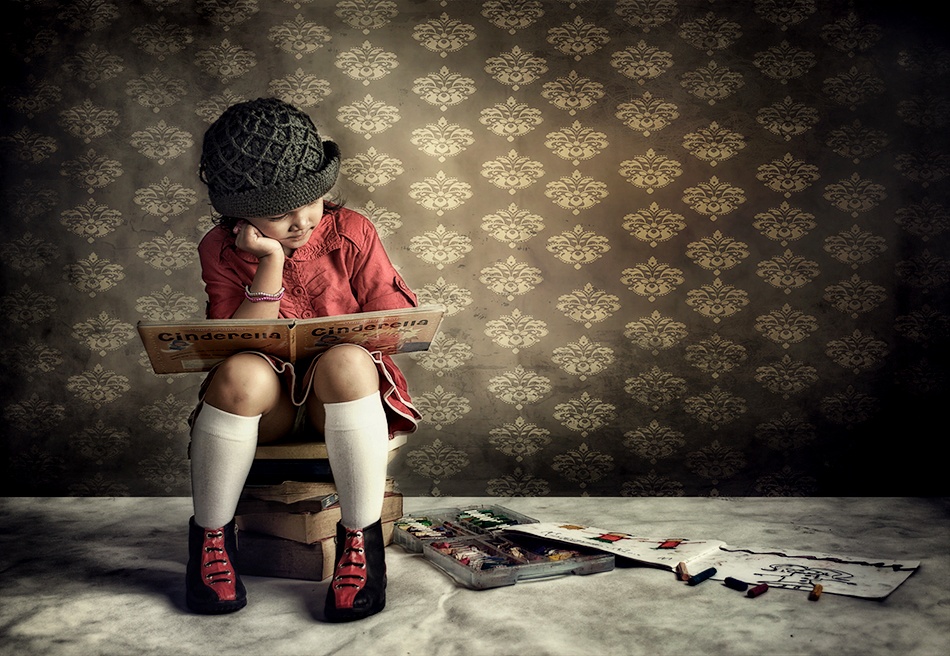
'Ordinary book' by Arief Siswandhono
Beautiful images do not necessarily convey a positive emotion as well as ugly pictures do not have to deliver a negative one. The recognition of good and bad is independent from the perception of beauty and ugliness. Many times, we can see beautiful pictures of ugly things and they fill us with almost a sinful joy, with an unusual itching beauty. The emotion is the basis. If it does not come, the image does not function. It should not have been taken.
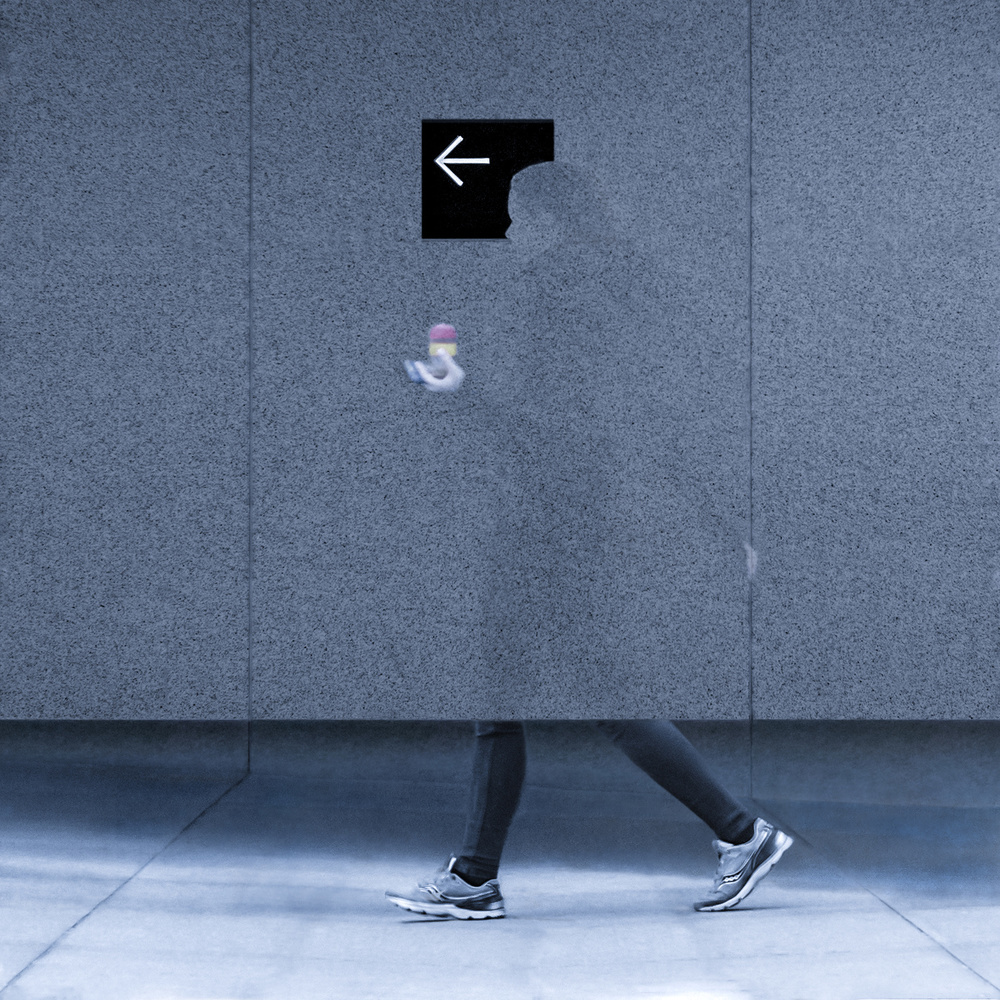
'Another busy day' by F4 passion
So, what to do with an image?
The first important step is to separate the real nature or the purpose of an object from the overall intention of the picture. Many pictures end with the real nature of their main object dominating the image. Such a picture does not convey an idea, it is only a mechanical reproduction of an object with no ability to force the viewer to think beyond the usual limits of the object.
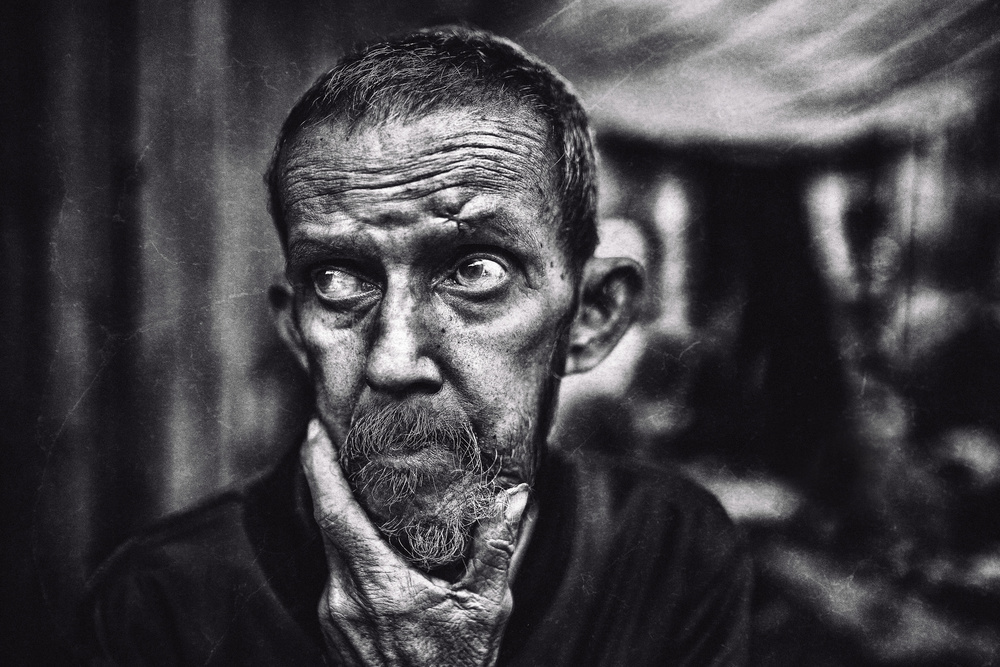
'THINK' by The Jar – Geir Jartveit
The object is a form consisting of light and colour. It is being incorporated into a wider context as a harmonizing element and brings a visually and aesthetically satisfying effect, even if the object itself is ugly in its isolated state.

'Vespa' by Þorsteinn H. Ingibergsson
THE BEAUTY OF THE IDEA TRANSCENDS THE BEAUTY OF THE SUBJECT
The background can be understood as a secondary object and it is added as the next layer of the story of the image. The composition sorts out the elements of the scene around the idea intention and it represents an open interval of aesthetic-al rules and principles.
OBJECTIVITY + AESTHETICS + SUBJECTIVITY result in THE DESIRED EMOTION
(even if the viewer may protest against)
If the equation is kept and none of its elements omitted, the image will be full of…
BEAUTY or UGLINESS
It will convey a clear message and it will never be boring.
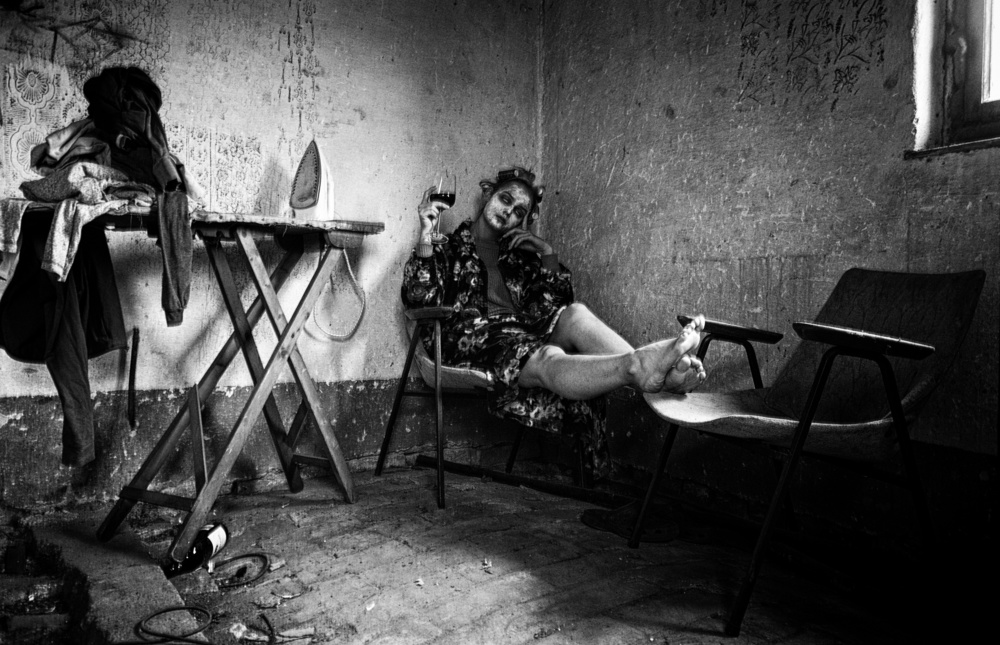
'Desperate Housewife' by Barbara
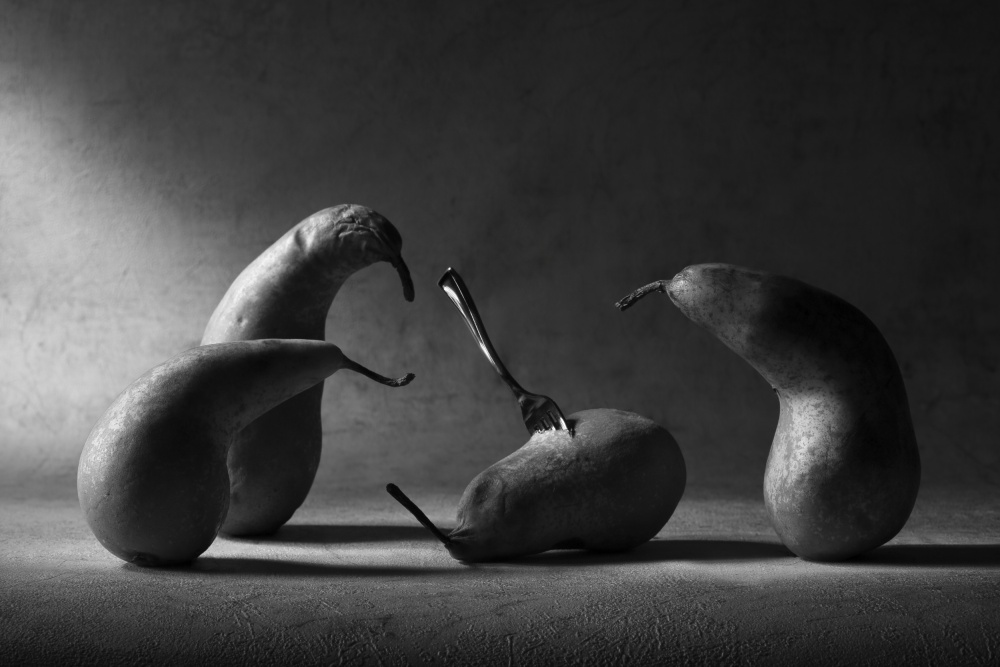
'Is it a murder or a suicide?' by Victoria Ivanova
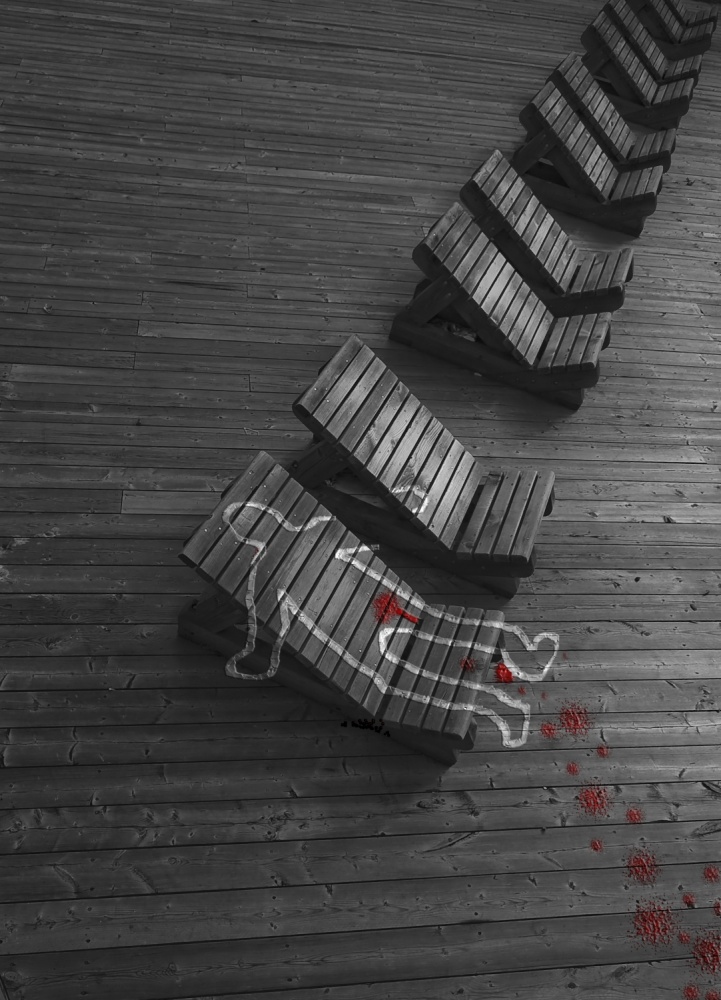
'Crime scene' by David Senechal Photographie
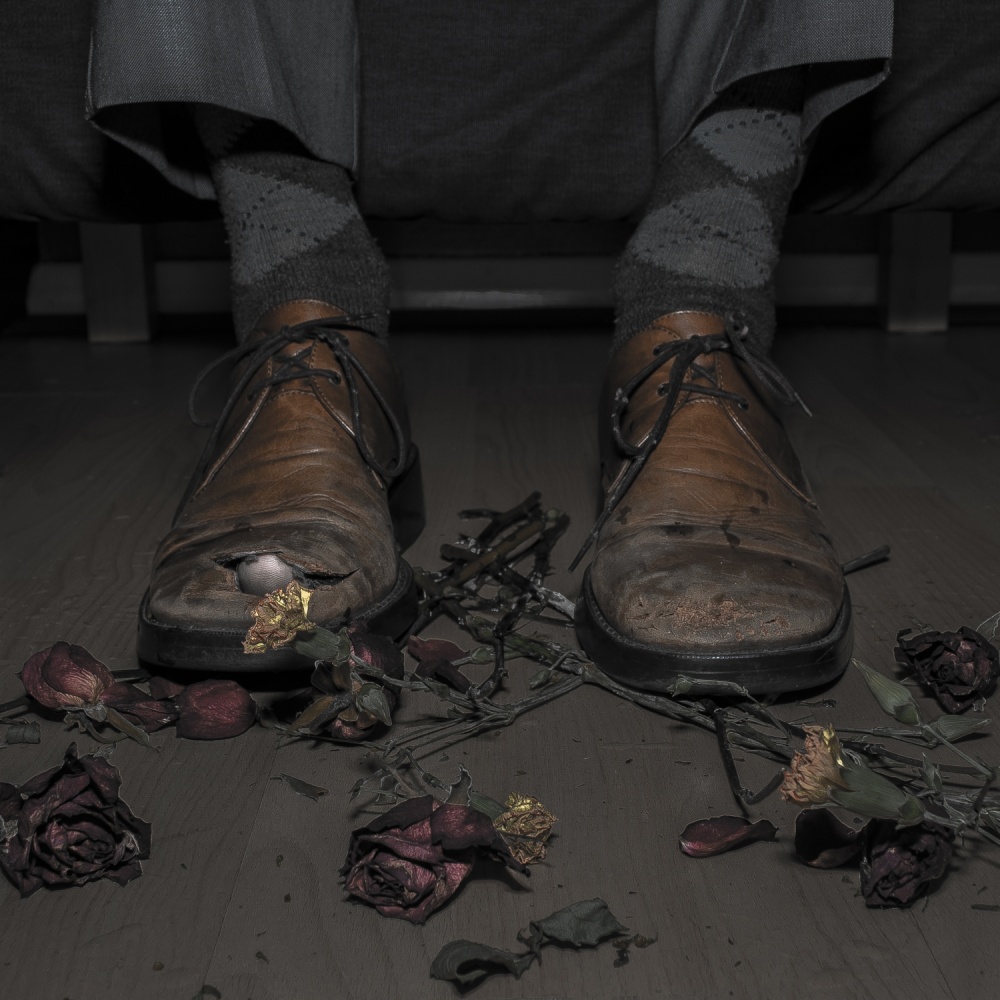
'Bad times for poets' by Marcos Gali
 | Write |
 | Yvette Depaepe CREW Interesting article about the concept of ugliness in photography, Dusan.
Thanks a lot ... Great choice of images selected in the gallery. Congratulations to all the authors. Cheers, Yvette |